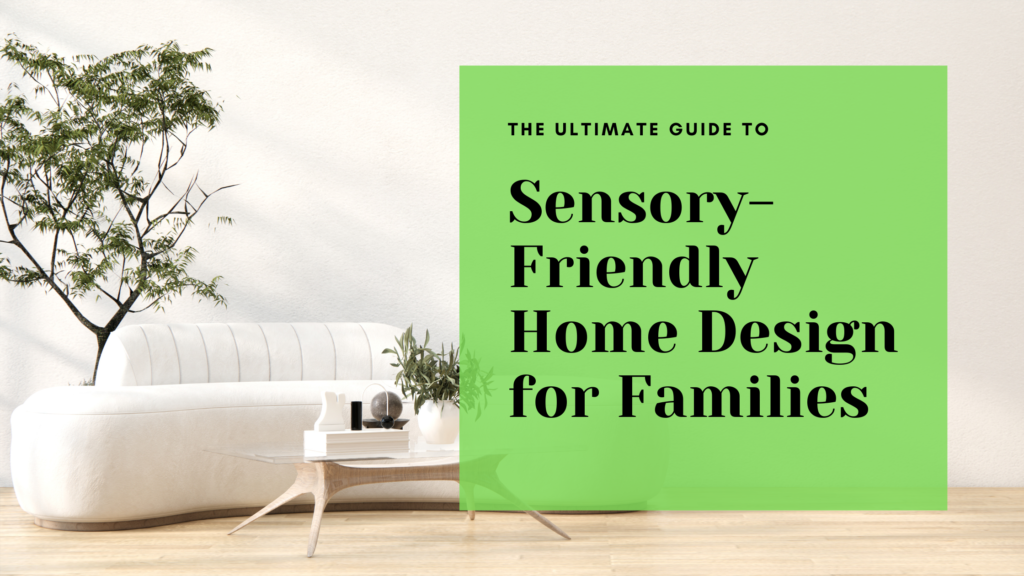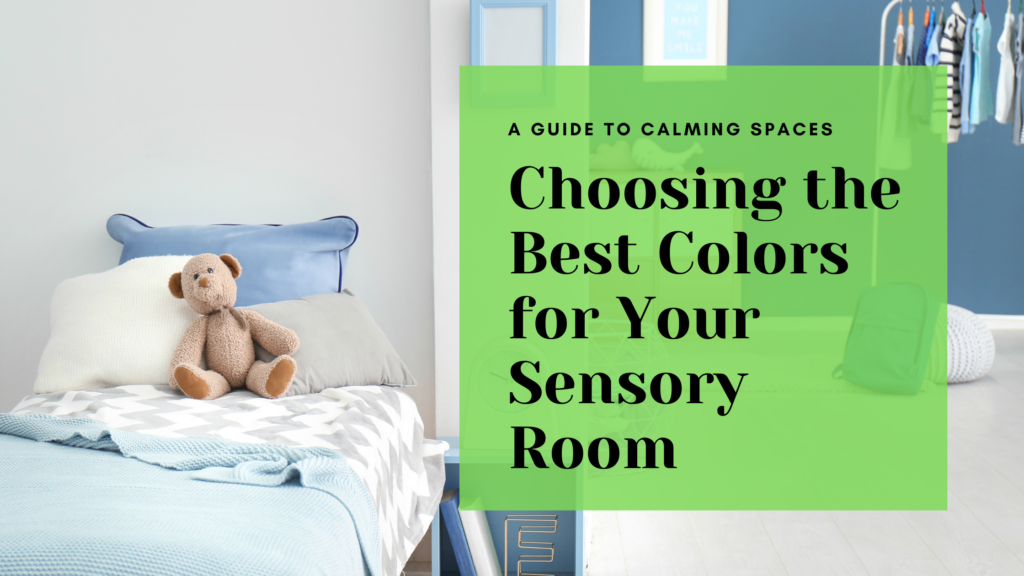I. Introduction
The Importance of Sensory Rooms for Autism
Sensory rooms are specially designed spaces that help individuals with autism by providing a controlled environment where they can manage their sensory processing challenges. These rooms are important because they offer a safe place to explore different senses without feeling overwhelmed. Sensory rooms can play a big role in reducing anxiety, improving focus, and promoting relaxation. By carefully selecting and arranging sensory room equipment, you can create a space that helps individuals with autism feel more comfortable and at ease.
Sensory rooms can make a huge difference in the lives of those with autism. They allow individuals to engage with their environment in a way that feels safe and controlled, which is especially important for people who may struggle with sensory overload. For example, a person with autism might feel overwhelmed by bright lights, loud noises, or certain textures. A sensory room can be designed to help them manage these challenges by providing calming visual and auditory stimuli, as well as tactile experiences that are soothing.
Purpose of the Guide
This article is meant to be a comprehensive guide to the essential equipment needed to create an autism-friendly sensory room. Whether you’re a parent, teacher, or caregiver, understanding the right equipment to include is crucial for making the sensory room effective. By selecting the right tools and materials, you can cater to various sensory needs and create a supportive space for individuals with autism.
II. Understanding Sensory Needs
Types of Sensory Input
To create an effective sensory room, it’s important to understand the different types of sensory input that can be provided. Sensory input includes visual, auditory, tactile, vestibular, and proprioceptive experiences. Each type plays a role in helping individuals with autism regulate their senses.
- Visual input involves what we see, like lights and colors.
- Auditory input relates to what we hear, such as music or calming sounds.
- Tactile input is about what we touch, including different textures and materials.
- Vestibular input involves our sense of balance, like the sensation of swinging or rocking.
- Proprioceptive input is related to our sense of body position, such as the feeling of deep pressure or weight.
By combining these different types of sensory input, you can create a well-rounded sensory room that helps individuals with autism feel more balanced and calm.
Tailoring Equipment to Individual Needs
Every individual with autism is unique, which means that each person’s sensory needs are different. Before selecting equipment for a sensory room, it’s important to assess the specific sensory preferences and challenges of the person who will be using the space. Some individuals might need more visual stimulation, while others may benefit from tactile or auditory inputs.
Tailoring the equipment to meet these needs is key to creating an effective sensory room. For example, if a child is easily overwhelmed by bright lights, you might choose to use softer, dimmable lighting instead. On the other hand, a child who seeks out tactile experiences might benefit from a variety of textured surfaces and fidget toys. By customizing the sensory room to address specific sensory challenges, you can create a space that is both calming and engaging.
III. Essential Sensory Room Equipment
Visual Stimulation
- Bubble Tubes: Bubble tubes are a popular piece of equipment in sensory rooms because they provide calming visual stimulation. These tall, cylindrical tubes are filled with water and air, which creates moving bubbles that rise to the top. The bubbles are often accompanied by changing colors, making them fascinating to watch. Bubble tubes can help individuals with autism relax and focus by providing a gentle, soothing visual experience.
- Projectors and Fiber Optic Lights: Projectors and fiber optic lights are another great way to create a visually calming environment. Projectors can display soft, colorful images on the walls or ceiling, while fiber optic lights offer a gentle, glowing effect that can be very soothing. Both of these tools help create a relaxing atmosphere by providing low-level visual stimulation that is not overwhelming.
Auditory Stimulation
- White Noise Machines and Sound Panels: White noise machines are useful in sensory rooms because they help mask background noises that might be distracting or upsetting. By creating a consistent sound, white noise machines can help individuals with autism feel more focused and calm. Sound-absorbing panels are another important tool, as they reduce echoes and help create a quieter environment, making the space more comfortable for those who are sensitive to sound.
- Musical Instruments and Interactive Sound Walls: Simple musical instruments, like drums or xylophones, can provide auditory stimulation and encourage exploration. Interactive sound walls, which might include buttons or touchpads that produce different sounds, can be especially engaging for individuals with autism. These tools not only offer auditory input but also promote active participation and creativity.
Tactile Stimulation
- Tactile Wall Panels and Textured Surfaces: Tactile wall panels are a great addition to any sensory room. These panels feature different textures and materials that engage the sense of touch. For example, a tactile panel might include smooth, rough, or fuzzy surfaces that invite individuals to explore and touch. This type of tactile input can be very calming for those who find comfort in hands-on experiences.
- Sensory Bins and Fidget Toys: Sensory bins are containers filled with different materials, like sand, rice, or beads, that individuals can dig their hands into and explore. These bins provide a hands-on experience that can be both soothing and engaging. Fidget toys, such as stress balls or squishy toys, are also useful for providing tactile stimulation. They offer a way for individuals to keep their hands busy, which can help them focus and reduce anxiety.
Vestibular and Proprioceptive Stimulation
- Sensory Swings: Sensory swings come in different types, such as cuddle swings and platform swings, and they provide important vestibular input. The gentle back-and-forth motion of a swing can help individuals with autism feel more balanced and calm. Sensory swings are especially beneficial for those who need vestibular stimulation to help regulate their sensory systems.
- Weighted Blankets and Compression Vests: Weighted blankets and compression vests are designed to offer deep pressure stimulation, which can be very grounding for individuals with autism. The weight of the blanket or the pressure from the vest provides proprioceptive input, helping individuals feel more secure and relaxed. These tools are particularly useful for those who benefit from the sensation of being held or hugged.
Relaxation and Calming Tools
- Soft Seating (e.g., bean bags, inflatable chairs): Comfortable, soft seating is essential in a sensory room. Bean bags, inflatable chairs, or other soft seating options provide a safe and cozy space for relaxation. These seating options allow individuals with autism to take sensory breaks and unwind, which is important for maintaining a calm and focused state.
- Aromatherapy Diffusers: Aromatherapy can enhance the calming atmosphere of a sensory room by introducing soothing scents. Essential oils like lavender or chamomile are known for their relaxing properties. Using an aromatherapy diffuser, you can gently fill the room with a calming scent that helps individuals feel more at ease.
IV. Tips for Setting Up Your Sensory Room
Space Planning and Layout
When setting up a sensory room, it’s important to think about how the space will be used and arrange the equipment accordingly. Create distinct zones for different sensory activities, such as a quiet corner for relaxation, a tactile area for hands-on exploration, and a movement zone for vestibular activities like swinging. This way, each type of sensory input is clearly defined, and the room can be used more effectively.
Even in smaller rooms, you can maximize the space by using wall-mounted equipment or stacking items that are not in use. The key is to keep the room organized and clutter-free, so it remains a calming environment.
Safety Considerations
Safety should always be a top priority when setting up a sensory room. Make sure all equipment is secure and appropriate for the user’s age and abilities. Use non-toxic materials, and ensure that heavy items are anchored securely to prevent accidents. Child-proofing the room by covering sharp edges, securing loose cords, and making sure that all electrical outlets are covered is also important to create a safe space.
Adapting and Updating Equipment
As the needs of the individual using the sensory room change over time, it’s important to assess the effectiveness of the equipment and make necessary adjustments. You might find that some items are no longer as effective as they once were, or that new sensory needs have emerged. Regularly updating the sensory room to reflect these changes ensures that the space remains beneficial and supportive.
V. Conclusion
Recap of Essential Equipment
Creating an autism-friendly sensory room involves carefully selecting equipment that provides the right types of sensory input, including visual, auditory, tactile, vestibular, and proprioceptive stimulation. Key pieces of equipment include bubble tubes, sensory swings, weighted blankets, tactile wall panels, and aromatherapy diffusers. Each of these tools plays an important role in creating a supportive environment where individuals with autism can feel calm, focused, and comfortable.
Encouragement to Start Creating Your Sensory Room
If you’re considering setting up a sensory room, remember that even small steps can make a big difference. Start by selecting a few essential pieces of equipment that meet the specific sensory needs of the individual. As you add more tools and refine the space, you’ll create an environment that truly supports their well-being.
For more information on setting up sensory rooms, explore additional resources, connect with professionals who specialize in sensory design, and share your experiences with others who are also working to create supportive environments for individuals with autism.


